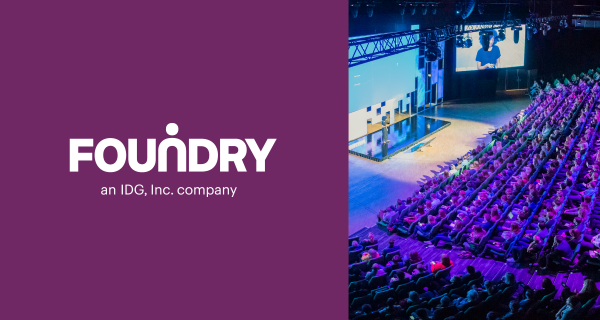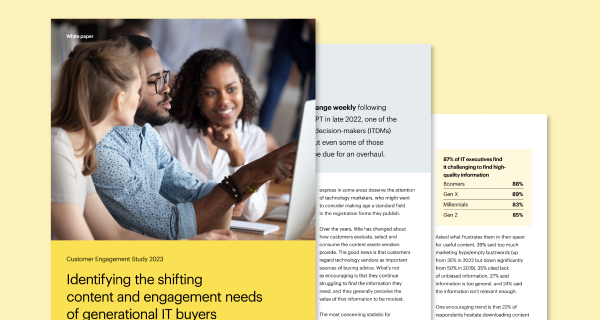As 2021 nears its end, one thing is for sure: Digital events are a successful event format for the tech market and they are here to stay. Demand for digital events remain strong even in regions where return to in-person is starting to ramp back up. Why?
Elevating Virtual Experiences
The pandemic afforded event producers an opportunity to assess their offerings to market and tech tools, especially since event platforms have leap-frogged their capabilities over the past 18 months. Networking, which was thought to be the white whale of digital events, is now happening successfully within breakout rooms, sidebar chats complete with emojis, speed-networking, one-to-one videos and even as avatars walking around expo floors. Is it a different experience from an in-person event? Sure. Is it a worthwhile and fruitful experience? Yes.
Ease of use and convenience are the driving factors most participants cite as reasons for attending a digital event vs. in-person. Thought leadership, education, product launches (think Apple) will continue to be delivered online and to much larger audiences. The format allows for learners to consume content in the ways best suited to them and in a timeframe that works best for their schedules. Additionally, the on-demand nature of most content extends the life of the event.
With travel eliminated, sponsors are enjoying the ability to dive deeper on their respective benches of SMEs to speak at events. That has translated into richer content and better sessions for participants to attend.
Celebratory and milestone events have been the first to come back in-person (plus, those industries where the need to physically touch products outweighs the ability to discuss in detail–think beauty, large-scale manufacturing, and food service). These industries have already seen success in-person trade events since mid-2021, and industry reports cite serious buyers and business being conducted at events.
Events Mimicking Work Trends
Fact: the future of work will be hybrid. Organizations can no longer dictate the format of work and must be flexible with their expectations. The same will hold true for events. Events will need to evolve their in-person components to be smarter and more worthy of the travel and expense and potential health risks. Corporate T&E will return; however, many companies will not return to previous levels by January 1. A recent survey[1] of 45 large companies in the U.S., Europe and Asia conducted by Bloomberg shows that 84% plan to spend less on travel post-pandemic, with many respondents citing cuts between 20% and 40%.
What marketers should consider when strategizing their plans –
- Continue to be flexible and make sure experiences translate to a digital world if the event needs to pivot
- Capitalize on digital events for the increased reach they offer; Staff those events properly with SMEs who can contribute to the chats and networking areas and provide additional value to the event
- Provide access to new and different SMEs within your organization and change up the sessions and workshops your company offers.
Predicting the Future
As comfort levels settle and the new normal of Covid as an endemic takes hold, decisions to attend events will be under less scrutiny and in-person events will be better attended. Whether this happens in Q2, Q3 or Q4 will vary in region, market, and local conditions.
As we all know, the best events will connect participants through shared experiences. Those experiences may happen online or in-person, but either way it is those connections that will ignite relationships that will move businesses forward. The technical advances of the digital platforms show no sign of slowing down – and communities will continue to evolve to connect in the most meaningful ways available to them.
Connect with tech buyers, virtually or in-person, at one of IDG’s 2022 events.
1




